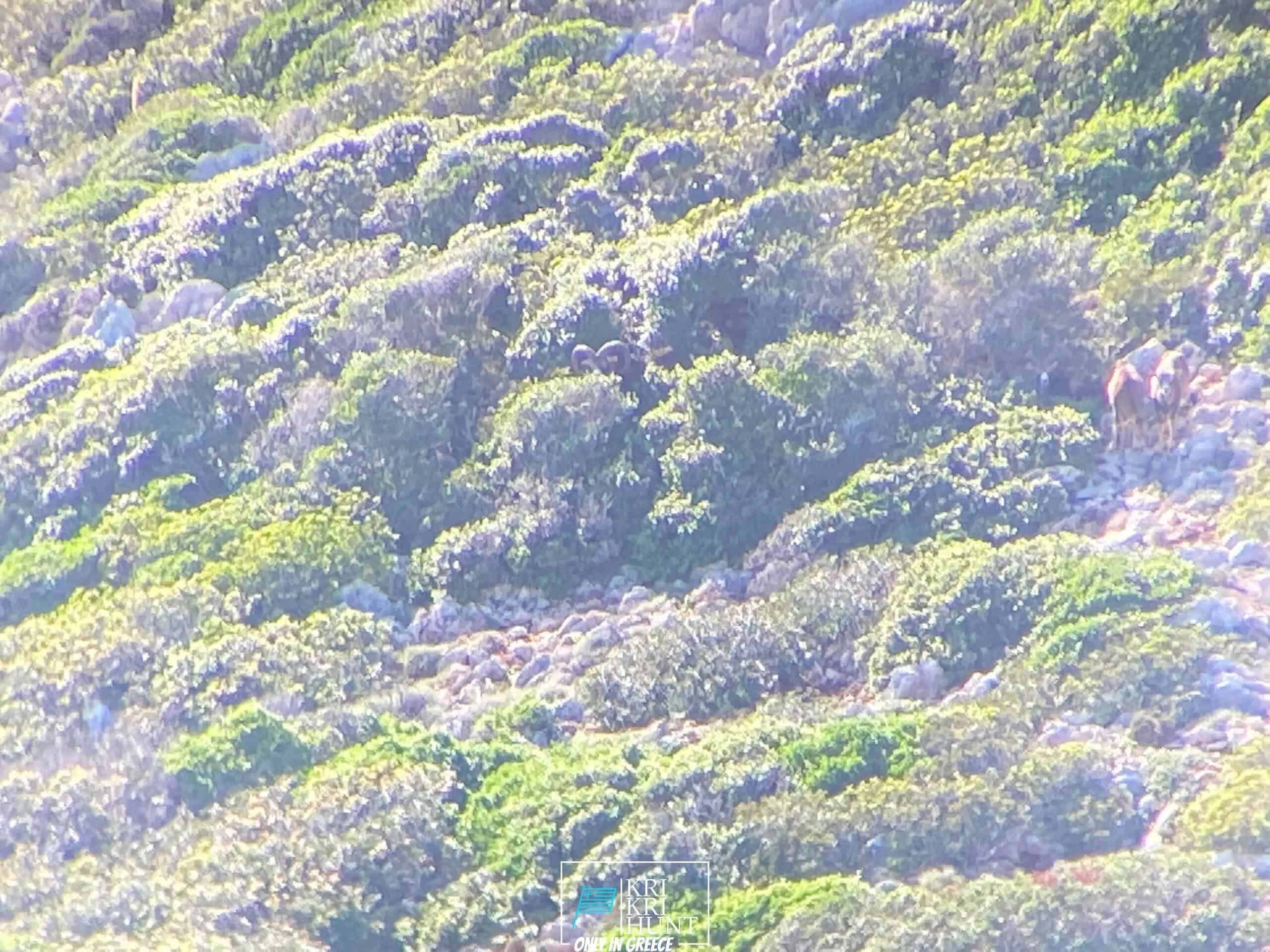
To many individuals, The Peloponnese peninsula on the Greek Mainland is the 'genuine' Greece, where things have actually not changed much in all over the centuries despite the fact that lots of people have actually found it. This is a location where you could quickly spend a month, yet if you are short on schedule then our outside searching, Fishing, cost-free diving as well as exploring Peloponnese Tours from Methoni is a wonderful solution. Join us as we discover all that this historic as well as beautiful region needs to offer!

This Ibex is not a little Capra aegagrus bezoar ibex, which has actually migrated to the western extremity of this varieties' variety. The kri-kri (Capra aegagrus cretica), likewise called the Cretan goat, Agrimi, or Cretan ibex, is a feral goat living in the Eastern Mediterranean. The kri-kri has a light brownish layer with a darker neck collar. 2 sweeping horns project from the head. Throughout the day, they hide to prevent visitors. In nature, the kri-kri can leap or climb up relatively large cliffs.
Our outside searching, fishing, and totally free diving trips are the ideal means to see everything that Peloponnese has to offer. These scenic tours are developed for vacationers that intend to leave the beaten path and really experience all that this unbelievable region has to offer. You'll get to go searching in several of the most attractive wilderness areas in Greece, fish in crystal-clear waters for a variety of various types, and also totally free dive in several of one of the most magnificent coastline in the Mediterranean. And best of all, our skilled guides will certainly exist with you every step of the method to make certain that you have a pleasurable and also safe experience.
If you are trying to find Kri Kri ibex search as well as remarkable holiday location, look no more than the Sapientza island in Greece. With its sensational natural appeal, delicious food, and also rich society, you will not be let down. Schedule among our hunting as well as touring Peloponnese Tours from Methoni today, dot forget your prize Kri Kri ibex!
What is the diference between Kri Kri ibex, Bezoar ibex and hybrid ibex
The kri-kri is not thought to be indigenous to Crete, most likely having been imported to the island during the time of the Minoan civilization. Nevertheless, it is found nowhere else and is therefore endemic to Crete. It was common throughout the Aegean but the peaks of the 8,000 ft (2,400 m) White Mountains of Western Crete are their last strongholds–particularly a series of almost vertical 3,000 ft (900 m) cliffs called ‘the Untrodden’—at the head of the Samaria Gorge. This mountain range, which hosts another 14 endemic animal species, is protected as a UNESCO Biosphere Reserve. In total, their range extends to the White Mountains, the Samaria National Forest and the islets of Dia, Thodorou, and Agii Pandes.
This Ibex is NOT a diminutive form of the Bezoar Ibex, which has migrated into the western-most reach of the range of this species. The kri – kri (Capra aegagrus cretica), sometimes called the Cretan goat, Agrimi, or Cretan Ibex, is a feral goat inhabiting the Eastern Mediterranean, previously considered a subspecies of wild goat. The kri-kri has a light brownish coat with a darker band around its neck. It has two horns that sweep back from the head. In the wild they are shy and avoid tourists, resting during the day. The animal can leap some distance or climb seemingly sheer cliffs.
“The agrimi goat Capra aegagrus cretica is unique to Crete and its offshore islands. It has been identi®ed as a sub-species of the wild bezoar goat Capra aegagrus aegagrus Erxleben, 1777, which it closely resembles in horn shape, body form and coloration. This classi®cation has been disputed by some researchers who claim that the agrimi are feral goats, derived from early domestic stock brought to the island by the ®rst Neolithic settlers. In order to clarify this issue, DNA analyses (cytochrome b and D loop sequences) were carried out on tissue of live and skeletonized agrimi and compared to sequences of wild and domestic caprines. Results conclusively show the agrimi to be a feral animal, that clades with domestic goats (Capra hircus) rather than with wild Asiatic bezoar. This study demonstrates that morphometric criteria do not necessarily re¯ect genetic af®nities, and that the taxonomic classi®cation of agrimi should be revised.”